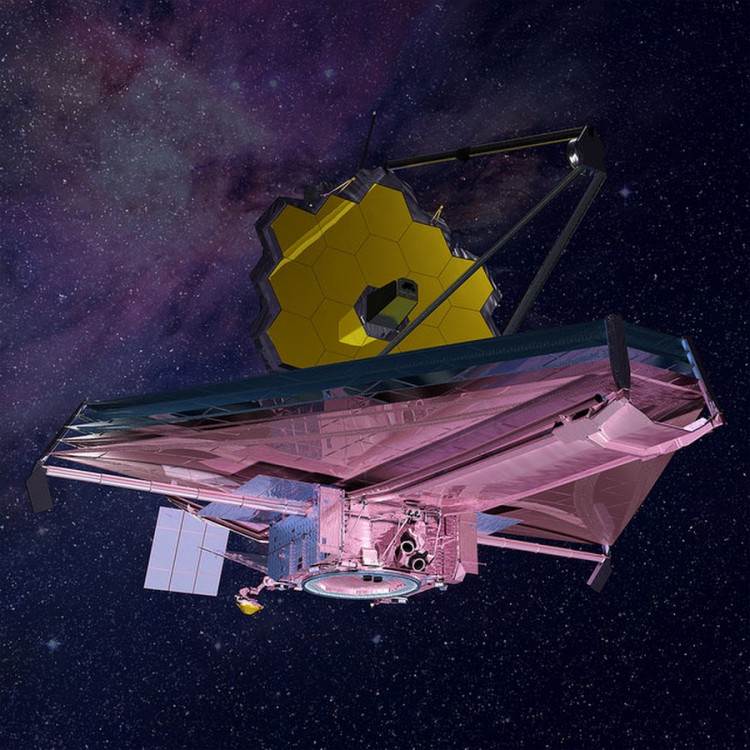To understand more about how massive young stars influence their environments, the James Webb Space Telescope will focus on a part of the famed Orion Nebula, the nearest zone of mass star formation to Earth.
The Orion Nebula is a star nursery located 1,350 light-years from Earth. In this region, dense clouds of gas and dust collapse into star embryos, which steadily grow larger until the pressure and heat in their cores rise to the point where nuclear fusion is triggered.
The hearts of star nurseries are veiled from optical telescopes due to the amount of dust present. However, infrared light, which will be observed by the James Webb Space Telescope, may pierce those clouds and disclose the secrets of star creation.
Webb will investigate the Orion Bar, a part of the Orion Nebula's irradiated cloud, to see how big young stars shape the environment in which they live. At best, the team believes we will learn more about how our own solar system developed.
The Orion Bar appears as a ridge within the bigger dust and gas cloud known as the Orion Nebula. The region, which is part of the constellation Orion, will be well within Webb's view after the telescope completes a rigorous commissioning period, which is expected to end in the summer.
The bar is referred to as a photodissociation region (PDR) by researchers because it demonstrates how ultraviolet radiation from young stars generates a neutral, warm gas and dust zone. According to Webb officials, the zone lies between the ionized (or electrically charged) gas that surrounds the stars and the clouds in which the stars are born.
"The Orion Bar is probably the prototype of a PDR," Els Peeters, one of the team's principal investigators and a professor at the University of Western Ontario, said in a statement.
The telescope will document the impact that winds and radiation from newborn stars have on their surroundings early in their lives. It's a relatively recent area of study, resulting from decades of data on how old stars exploding as supernovas impact neighboring regions, according to the Webb telescope's website.
The study of the Orion Bar could help scientists comprehend what PDRs were like billions of years ago, when many galaxies had starbirth factories.
How planetary systems form in such irradiated settings is still unclear, therefore scientists expect that Webb will help them learn more about how UV radiation affects the mass and composition of young planets and stars.





